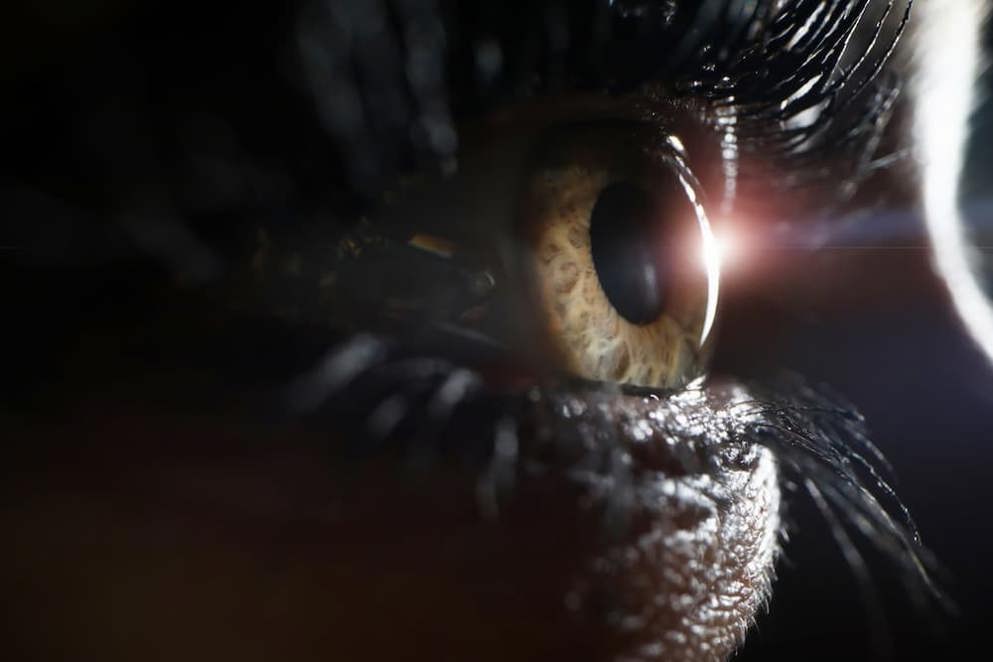
Retinal dystrophy
of interest
are looking at
saved
next event
What is retinal dystrophy?
Retinal dystrophy encompasses a wide range of heritable, progressive, and degenerative eye disorders that are associated with poor or deteriorating vision1. In retinal dystrophy, damage, or loss of function of photoreceptor cells of the retina (rod cells and cone cells) impact on the processing of sight information by the brain. Inherited retinal dystrophy symptoms may first present from infancy through to adulthood, depending on the defect. Symptoms similarly vary but commonly include loss of night vision (night blindness), reduced field of vision including tunnel vision, blind spots, and loss of central vision and visual acuity1.
Featured Learning Zones
What are the types of retinal dystrophy?
Retinal dystrophies include non-syndromic retinal dystrophies, whereby only sight is impacted by the inherited gene defect, or syndromic retinal dystrophies that impact sight and other systems1. Non-syndromic retinal dystrophies include retinitis pigmentosa (RP), juvenile macular dystrophy (juvenile macular degeneration), Stargardt disease, Leber congenital amaurosis (LCA), and Best disease1,2. Syndromic retinal dystrophies include Usher syndrome (affecting sight and hearing), Alström syndrome (sight and cardiomyopathy), Bardet–Biedl syndrome (sight, renal function and obesity), Joubert syndrome (sight and cerebellar hypoplasia) and Cohen syndrome (sight, microcephaly and intellectual ability)1.
What causes retinal dystrophy?
Mutation in up to 270 retinal disease genes and loci have been associated to the different retinal dystrophies1. Whilst these defects are heritable, spontaneous mutation or isolated cases represent up to half of retinitis pigmentosum cases, the most common retinal dystrophy3.
How is retinal dystrophy treated?
Very few retinal dystrophy treatments are available. Vitamin A supplementation, and anhydrase inhibitors may be used to treat some features associated with retinal dystrophy1. Retinal gene therapies, retinal stem cell treatments and artificial retinal prostheses are emerging and under investigation for some types of retinal dystrophy1. Targeted small molecules for retinal dystrophy are also under investigation1.
Related news and insights
Related Clinical Trials
References
- Henderson RH. Inherited retinal dystrophies. Paediatrics and Child Health. 2020;30(1):19–27.
- Estrada-Cuzcano A, Roepman R, Cremers FP, den Hollander AI, Mans DA. Non-syndromic retinal ciliopathies: translating gene discovery into therapy. Hum Mol Genet. 2012;21(R1):R111–24.
- Retinitis Pigmentosa. National Organisation for Rare Disorders. https://rarediseases.org/rare-diseases/retinitis-pigmentosa/. Accessed 15 March 2021.
